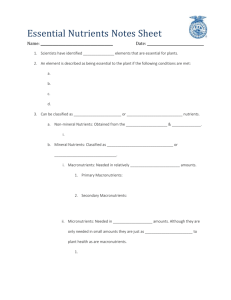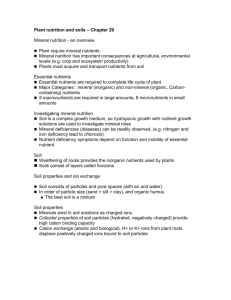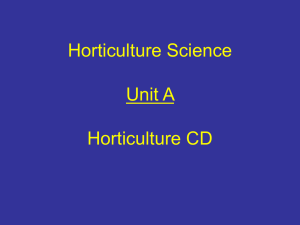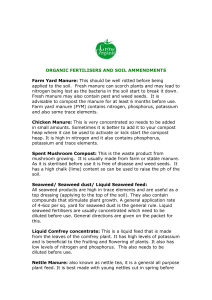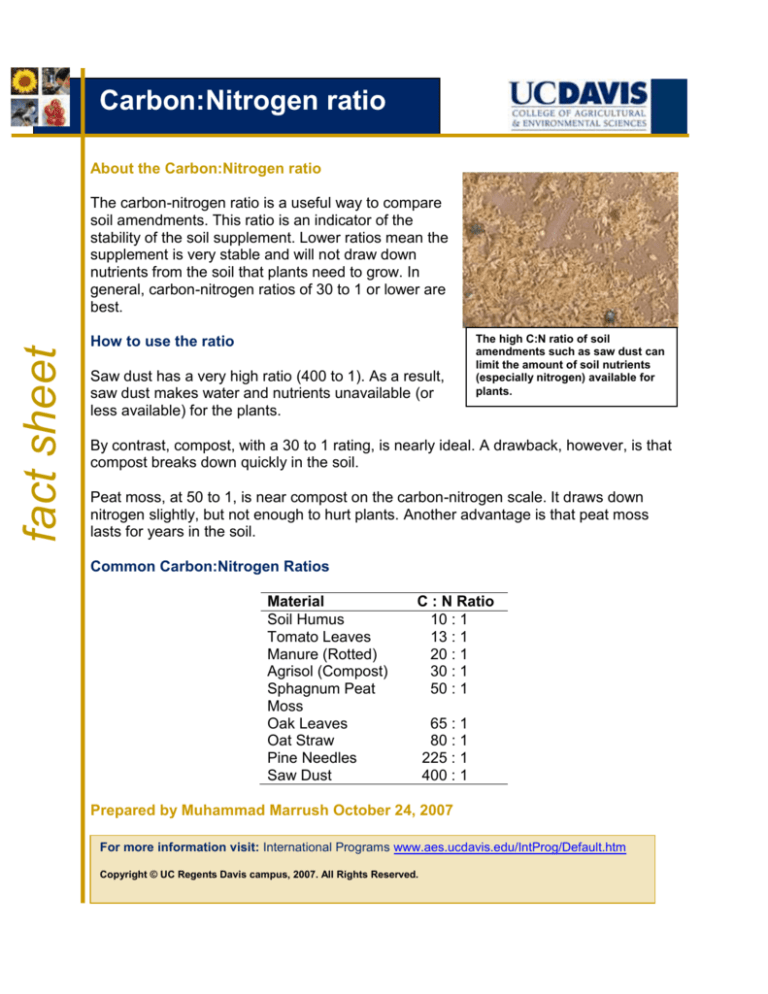
Carbon:Nitrogen ratio
Carbon nitrogen chart
About the Carbon:Nitrogen ratio
fact sheet
The carbon-nitrogen ratio is a useful way to compare
soil amendments. This ratio is an indicator of the
stability of the soil supplement. Lower ratios mean the
supplement is very stable and will not draw down
nutrients from the soil that plants need to grow. In
general, carbon-nitrogen ratios of 30 to 1 or lower are
best.
How to use the ratio
Saw dust has a very high ratio (400 to 1). As a result,
saw dust makes water and nutrients unavailable (or
less available) for the plants.
The high C:N ratio of soil
amendments such as saw dust can
limit the amount of soil nutrients
(especially nitrogen) available for
plants.
By contrast, compost, with a 30 to 1 rating, is nearly ideal. A drawback, however, is that
compost breaks down quickly in the soil.
Peat moss, at 50 to 1, is near compost on the carbon-nitrogen scale. It draws down
nitrogen slightly, but not enough to hurt plants. Another advantage is that peat moss
lasts for years in the soil.
Common Carbon:Nitrogen Ratios
Material
Soil Humus
Tomato Leaves
Manure (Rotted)
Agrisol (Compost)
Sphagnum Peat
Moss
Oak Leaves
Oat Straw
Pine Needles
Saw Dust
C : N Ratio
10 : 1
13 : 1
20 : 1
30 : 1
50 : 1
65 : 1
80 : 1
225 : 1
400 : 1
Prepared by Muhammad Marrush October 24, 2007
For more information visit: International Programs www.aes.ucdavis.edu/IntProg/Default.htm
Copyright © UC Regents Davis campus, 2007. All Rights Reserved.



